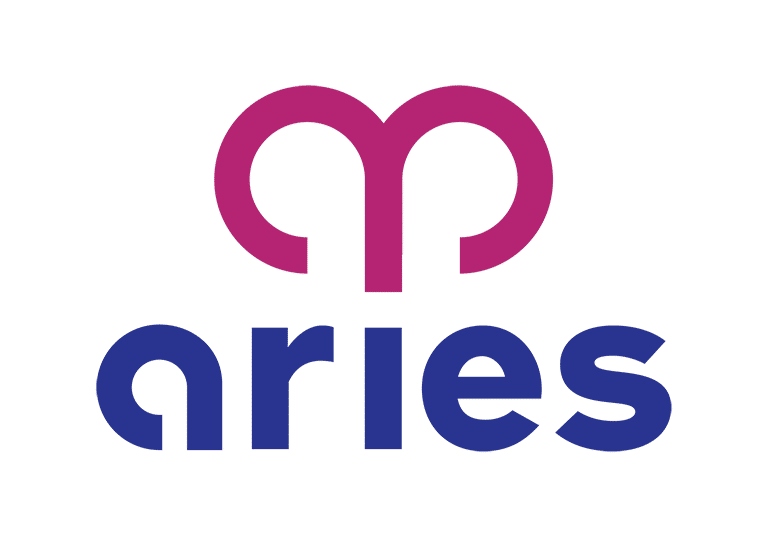
Backend For Frontend Layers: Your BFFs
An Aries client recently decided to tackle BFF (Backend For Frontend) layers, how they should be implemented, and which best practices should be followed in a composable implementation. Our CTO, Tim Steele, provided an impressive workshop diving into the details, edge cases, and best practices tying it all directly to this specific project. While it’s impossible to capture the immense value this workshop provided in a blog post, I’d like to showcase some of the highlights.










